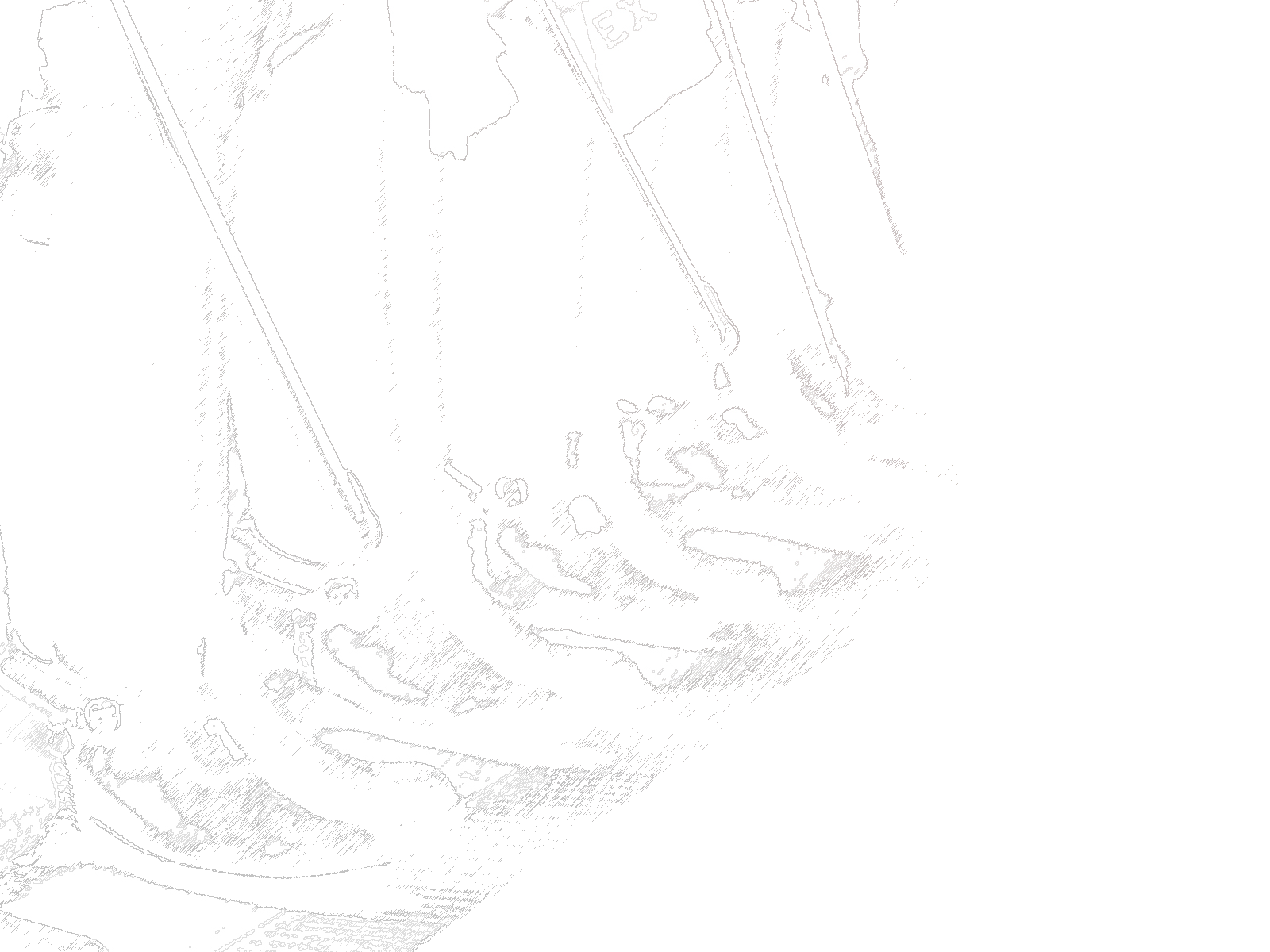My column for the West Bend Daily News is online. Here it is:
The school enrollment numbers are in for September and the statewide school choice program is continuing to see strong demand all over the state wherever it is available to parents and kids. It is a remarkable story of success for a program that is so short-lived.
The Wisconsin Parental Choice Program was started for the 2013-14 school year as a small pilot program. The WPCP is one of the three school choice programs in Wisconsin. The other two school choice programs are for Milwaukee and Racine, but the WPCP applies to all citizens outside of those two cities.
Only 511 kids participated in the WPCP in the first year. Enrollment almost doubled in the 2014-15 school year, to 1,008 kids. And this year, thanks to a gradual lifting of restrictions by the Legislature, enrollment in the WPCP has more than doubled again to 2,513 kids. Similarly, the number of schools participating has increased to a total of 82 schools statewide, including the first high school in Washington County, Kettle Moraine Lutheran High School. Granted, these numbers are a tiny fraction of the 994,536 students in K-12 in Wisconsin, but the trajectory of growth is positive.
Predictably, anti-choice advocates and defenders of the status quo are decrying the fact that some of the funding for the WPCP is coming at the expense of the public schools. Their criticisms are rooted, unfortunately, in the interests of the public school infrastructure and not in that of the children those schools are meant to serve.
The Legislature instituted a way of funding the WPCP with the budget earlier this year. It is a simple funding formula that is designed to be flexible with growth and is rooted in the core principle of money meant to educate a child should follow the child. For every child who gets a voucher through the WPCP, the voucher is funded with state aid that would have otherwise gone to the public school for the purpose of educating the child. For example, if a child in West Bend attends a private school with a WPCP voucher, the amount of state aid the West Bend School District would have received for the child is redirected to the voucher instead of the school district.
Some claim that such a redirection of funds from the school districts constitutes a “cost.” They claim the public school districts are paying for the voucher program, and even using this argument as a justification to raise local property taxes to “offset” the “cost.”
Their arguments are a sham. While the school district does not receive the state aid for the child receiving a voucher, the school district is also not responsible to educate the child. The school district incurs no cost to educate the child, so why should they receive any state aid for that purpose? One can argue whether or not the state taxpayers should pay for lower income kids to attend private schools, but there is no valid argument for state taxpayers to pay public school districts to educate students who do not attend their schools.
It is also worth noting that the state’s open enrollment system, in which students in one district can attend a different district, is funded through a similar mechanism. Open enrollment has been the law in Wisconsin for decades, and yet public school advocates have not complained about it. They only get exercised about the shifting of state aid when that money goes to a private school instead of another public school.
There is a cost to expanding the WPCP, but it is a cost to state taxpayers — not local school districts. To date, roughly 76 percent of kids participating in the WPCP were already attending a private school. Before the WPCP, these families were footing the entire bill, not state taxpayers. With a WPCP voucher, the state taxpayers are now paying for an education that was previously being paid for by only the parents. Even though this is a small additional cost to taxpayers (currently less than 0.01 percent of total spending on K-12 education), the increasing competition in education delivery and varied education opportunities will more than offset the cost while providing better outcomes for Wisconsin’s children.
From health care to groceries to internet providers to banks, having choices has always benefited individuals and society as a whole. Having choices in our education providers will have the same positive impact. We are in the beginning stages of seeing something great for Wisconsin and our children with the budding WPCP.

0 Comments